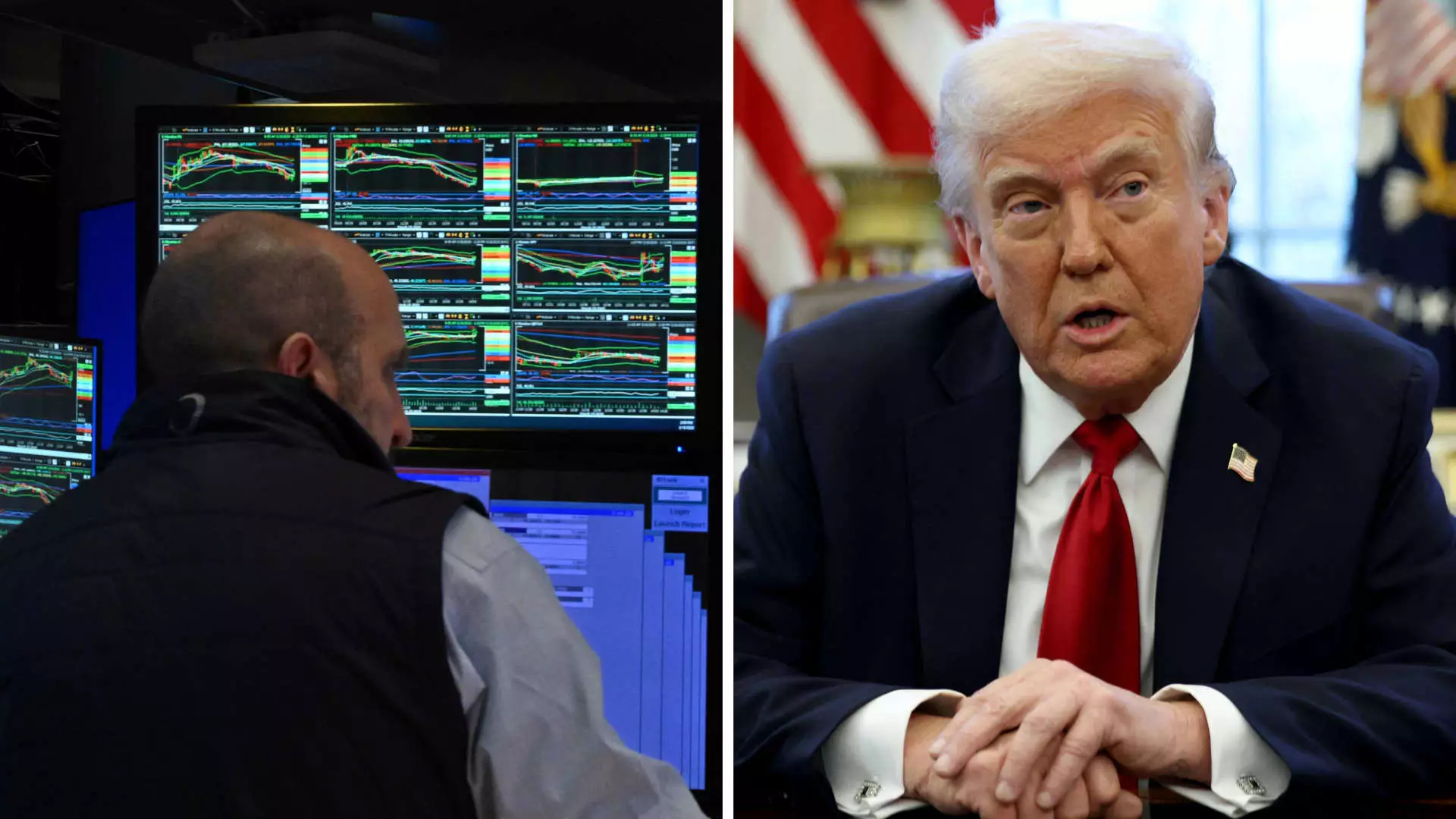In today’s unpredictable financial landscape, investors find themselves navigating a stormy sea of anxiety and speculation. As we approach critical tariff deadlines, the prevailing sentiment resembles that of early 2023 when fears surrounding regional bank failures loomed large. Julian Emanuel from Evercore ISI underlines this nervous atmosphere, suggesting it’s time to challenge the instinct to retreat. Instead, he advocates for a more courageous approach to investing—one that leans toward optimism rather than defeatism. This perspective invites scrutiny, especially when the underlying forces driving market sentiment appear to be more psychological than empirical.
The Bullish Counterargument to Pessimism
While it’s tempting to succumb to panic when the markets exhibit downward trends, it’s essential to remain focused on underlying fundamentals rather than temporary distress signals. Emanuel’s advice to accumulate stocks reflects a centrist belief in resilience over reaction. His comparison between the current climate and the fallout from the Silicon Valley Bank crisis highlights how fear can distort our view of the market’s potential. Just as the Federal Reserve stepped in to stabilize the situation back then, history suggests that the current upheaval may also create opportunities rather than solely present obstacles. It’s about maintaining faith in the cyclical nature of markets; downturns often precede significant recoveries.
Recognizing Potential in Downturns
Emanuel points out the sectors that performed dismally: technology, communication services, and consumer discretionary. Yet, paradoxically, these areas historically symbolize innovation and growth. Why should we be concerned when these sectors attempt to recuperate and rebound? His assertion that these sectors could be primed for recovery may offer a glimmer of hope. Companies historically engage in stock buybacks during challenging times to boost share prices, a tactic that could alleviate declining valuations and ignite renewed investor interest.
The Case for Defensive Sectors
On the flip side, the stronger performance of consumer staples and healthcare begs an exploration into market psychology. As fear grips investors, there’s a natural flight to safety—a behavior reminiscent of many market downturns. Defensive sectors thrived as safety nets during this turbulent quarter, gaining ground amidst widespread uncertainty. However, it’s worth pondering whether such defensive maneuvers indicate a sustainable strategy or a temporary refuge. While these sectors reflect stability, they also risk stunting growth in a recovering economy if investors become too complacent with their choices.
The Road Ahead: Timeless Principles of Investment
Despite a challenging landscape, Emanuel projects a significant increase for the S&P 500, placing his year-end target at 6,800—a forecast suggesting robust growth lies ahead. This defiant optimism challenges the doomsayers among the investment community. It reinforces the idea that market rebounds often stem from periods of perceived chaos, making the willingness to reassess and invest at lower valuations ever so crucial. The reality is that while many cling to near-term fears, the market’s future typically unfolds in cycles, creating fertile ground for long-term gains. In an era saturated with uncertainty, now is the time for investors to think strategically and act boldly.

